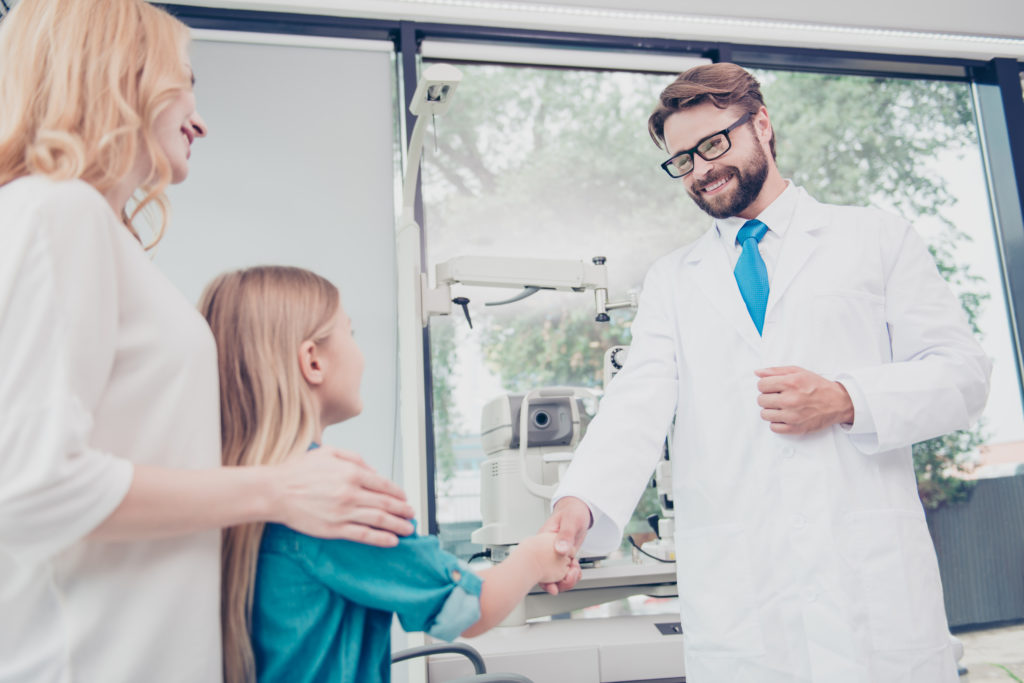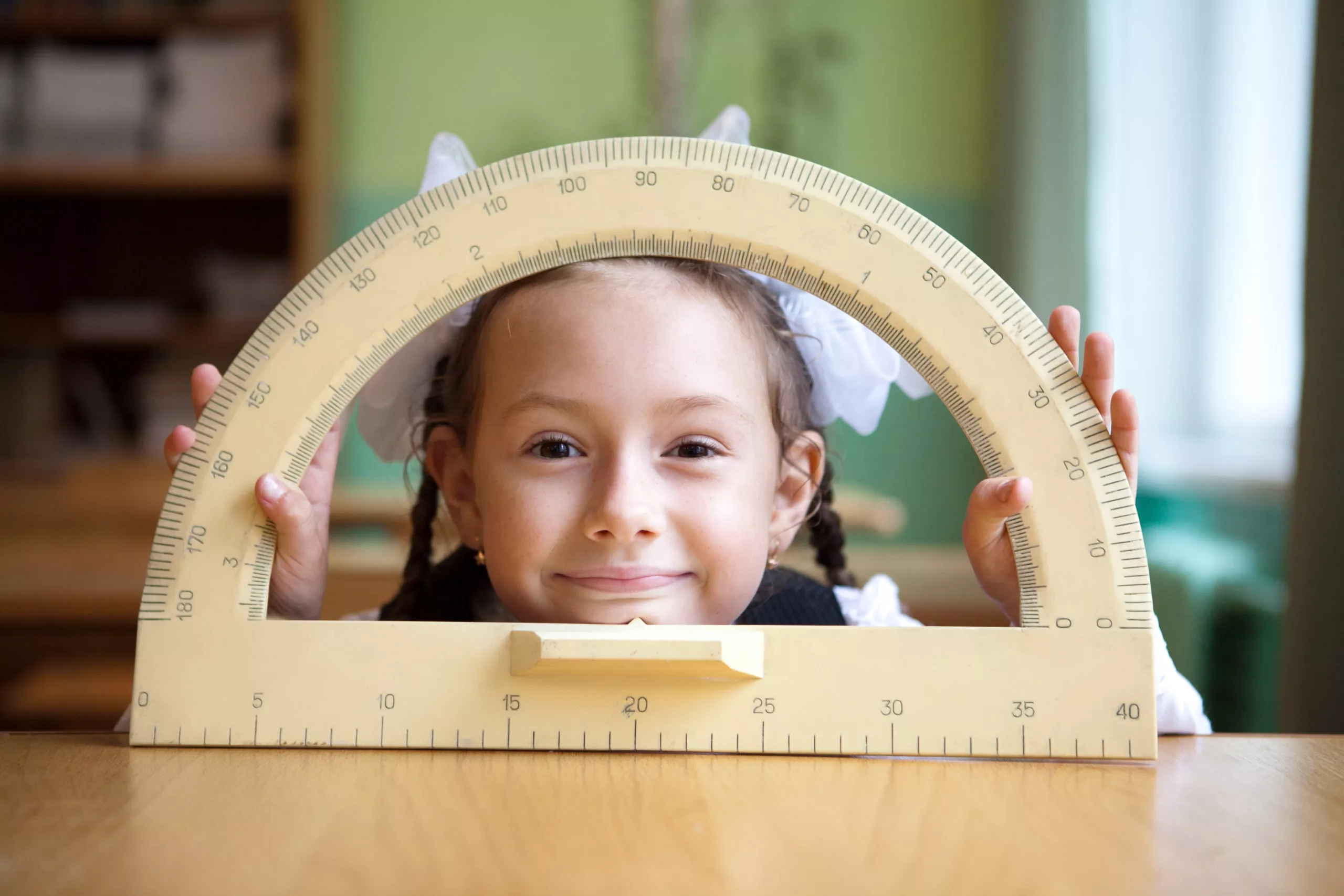
Eye care professionals are no strangers to myopia, but for patients, myopia, its causes, and understanding next steps are not always clear. Speaking to your patients about myopia and myopia management is important. Educating your patients in advance can make a difference in proactively preventing, detecting, and treating their myopia. So how do you start the conversation?
Language is important
When it comes to discussing myopia and myopia management, using everyday language can help with patient understanding.1 For example, many patients might not be familiar with the word “myopia” but are familiar with “nearsightedness”. Educating patients on new terminology, while also using common-place language can make your conversation more effective and build trust between you and your patients. It can also be beneficial to utilize a model eye to demonstrate the elongation of the eye as myopia progresses. It’s also a great idea to share information with your patients that they can take home to learn more and refer back to. Or, provide them with links to resources like MyMyopia.com.
Explaining the three main causes
While the root cause of pediatric myopia is unknown, multiple risk factors may contribute to its development.2 These factors include family history, excessive time spent doing close work such as working at a computer or reading, and limited exposure to sunlight.
Children with myopic parents have a greater risk of becoming myopic themselves. In fact, there is a 25% chance that a child will develop myopia if one parent is myopic. That number jumps to 50% if both are myopic.3 This information is important for parents to help them understand their child’s risk and be proactive in monitoring their child’s ocular health.
Doing close work and having limited exposure to sunlight are also two factors that should be shared with patients, especially as children begin to start school and use more electronic devices and spend less time outside. Eye care professionals are seeing a marked increase in children with dry eye and eye strain from too much screen time.4 The American Academy of Ophthalmology offers further evidence that at least part of the worldwide increase in myopia has to do with near work activities such as looking at screens and books.5
As patients begin to learn more about ocular health, understanding these causes can help parents protect their children’s vision and work to slow myopia progression.
Myopia treatment should include more than glasses
Diagnosis and treatment of myopia is more than just “needing glasses”.6 Glasses and contact lenses are critical to help children to see more clearly, but they do not address myopia progression. This is an important distinction to talk about when discussing myopia management with parents. As children grow and their myopia worsens, they risk becoming high myopic, increasing their risk of having serious complications later in life. Being prepared to have this conversation with parents, in addition to prescribing glasses or contact lenses, is an important change in how you discuss myopia treatment with parents and caregivers. Today, there are approaches and techniques you can use to help slow the progression of myopia.
Understanding today’s options for slowing myopia progression
The easiest solutions and something you can recommend to your patients is to increase time spent outdoors and limiting the child’s screen time. Increasing exposure to daylight can help delay the onset and decrease myopia progression.7 Research suggests that sunlight and UV rays help promote healthy eye growth and therefore lower the chances of nearsightedness in children.8
Encouraging better habits such as taking frequent breaks from near-work, to focus on objects farther away can also help with digital eye strain which can harm children’s visual development. The American Optometric Association shares one eye exercise known as the 20-20-20 rule, where they encourage taking a 20-second break to view something 20 feet away every 20 minutes.9
Other options and emerging therapies include Orthokeratology (Ortho-K), and soft multifocal contact lenses. Pharmacologic interventions are in development but are not currently approved.
What parents wish they would have known
As parents and patients become more aware of myopia, we have identified some frequent questions that are being asked about myopia. These include:
- Will myopia be diminished with the advancement of age? Or get worse?
- How often should I receive an eye exam now that I have high myopia?
- My daughter has low myopia and has to wear glasses all day. Is she going to wear them all her life?
In the U.S. alone, there are 14 million children with nearsightedness and that number continues to grow.10 Whether your patient is exhibiting signs of myopia or not, it’s important to begin the discussion of myopia and myopia management early. By bringing up myopia more routinely in your conversations with patients, we can begin to teach better vision habits early and be more proactive with myopia management.
Download the Myopia one page reference sheet here
Tags: talking to patients, myopia management
